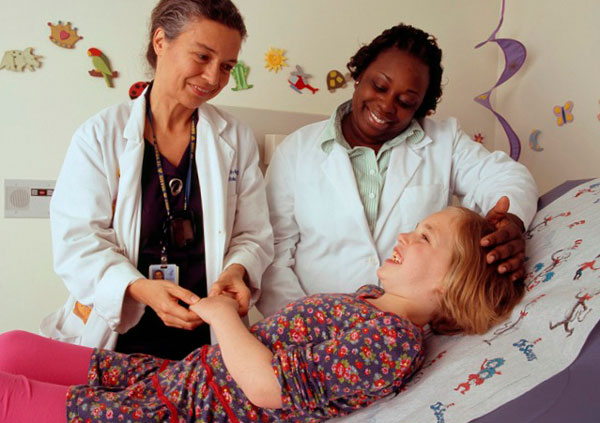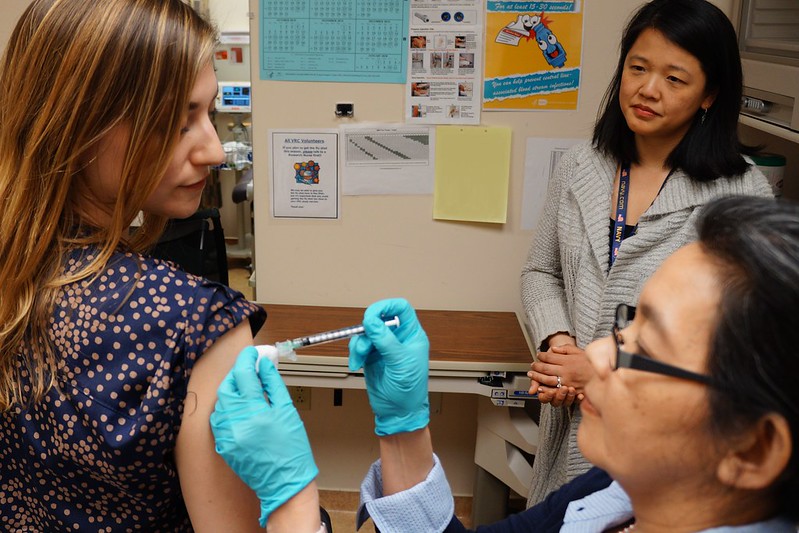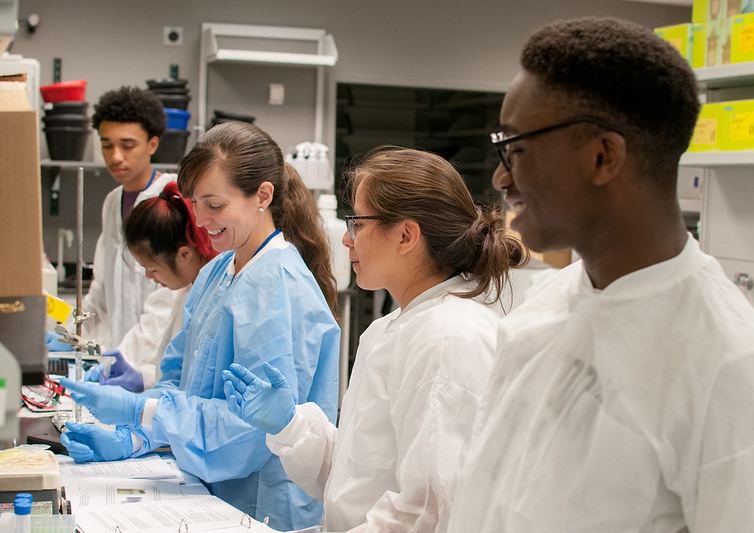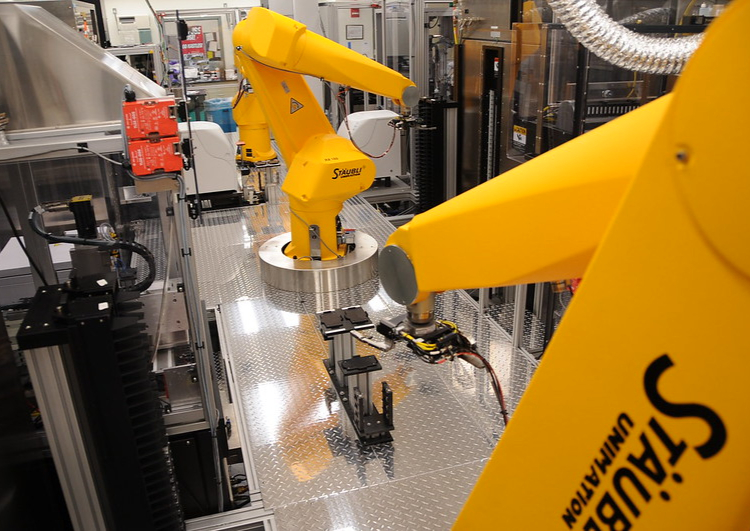MEDICAL RESEARCH SAVES LIVES
Disease touches all of us – whether as patients, caregivers, or loved ones. From cancer and stroke to Alzhimer’s disease and opioid use disorder, every community in the United States bears the burden of illness and chronic disease and no family has been left unaffected.
Every minute, someone in the U.S. dies of cancer and is diagnosed with Alzheimer’s. Every 40 seconds, someone in the U.S. has a stroke. These are not just statistics – they represent lives forever changed. But thanks to NIH-funded research, we’re seeing real breakthroughs in how we prevent, diagnose, and treat disease. These groundbreaking discoveries are extending lives, easing suffering, and offering hope to millions.
The return on investment in medical research is dramatic, but it is not just financial – it is measured in lives saved, disabilities prevented, and families kept whole.
The impact of NIH-supported research is clear, and continued federal investment is essential to build on this momentum and bring even more transformative treatments and cures to the people who need them most.


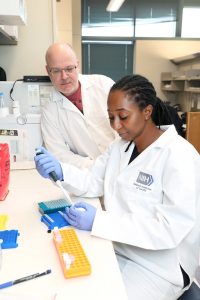 speedier diagnoses and improve access to earlier treatments – saving lives.
speedier diagnoses and improve access to earlier treatments – saving lives.